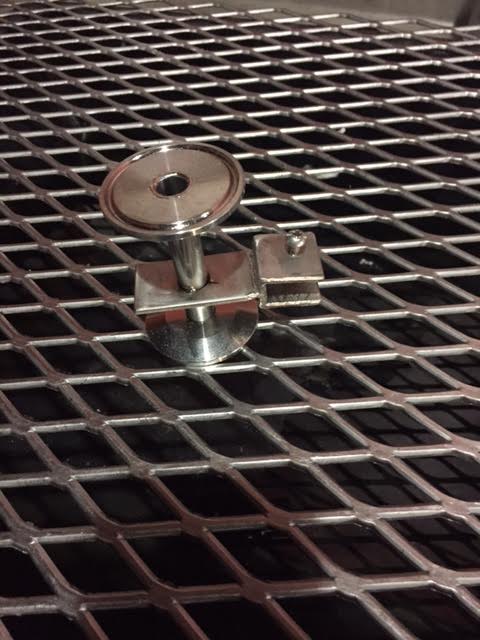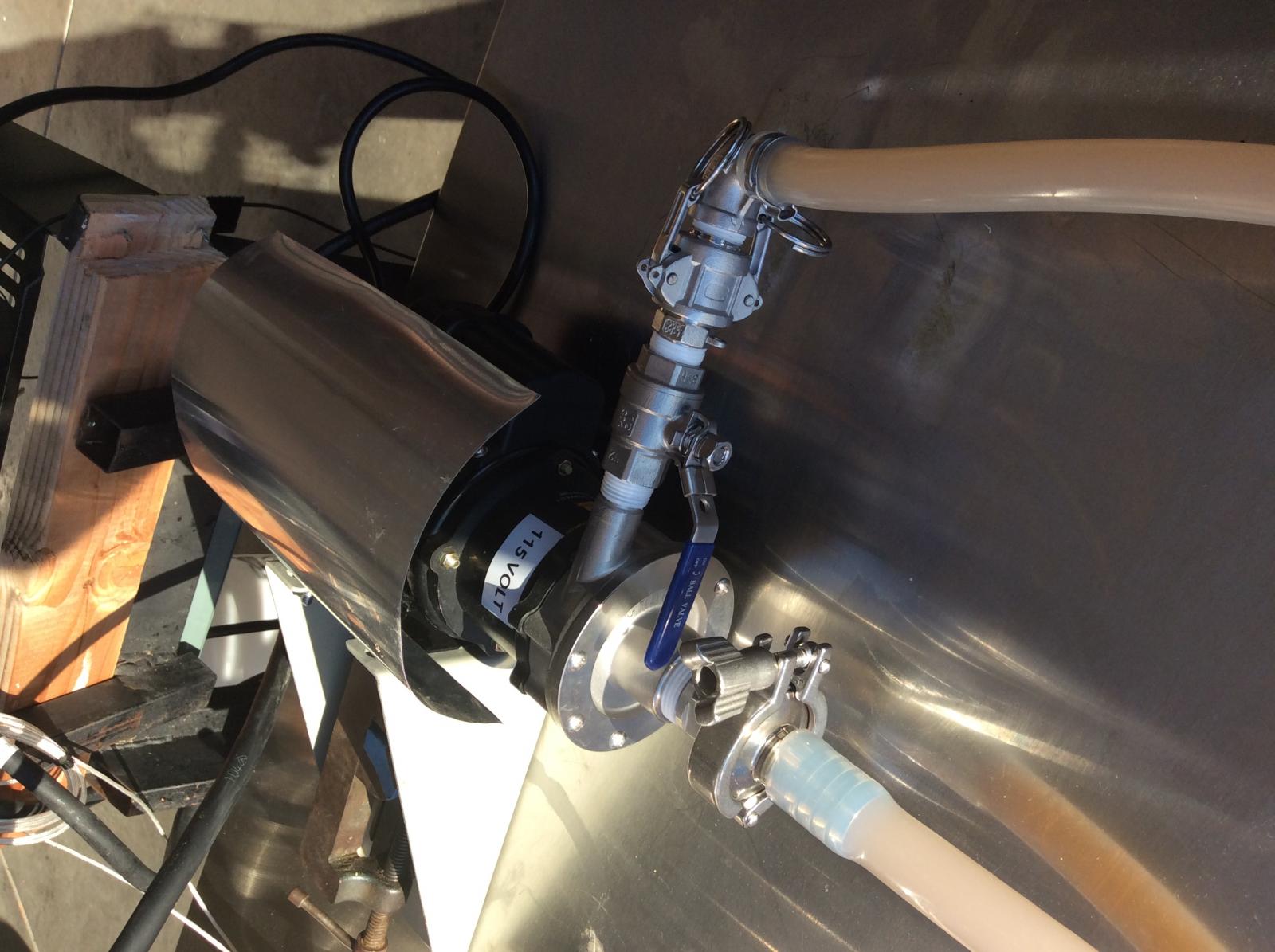andrewmaixner
Well-Known Member
If there is still any debris/buildup in the chiller StarSan can't get through it to sanitize -- it requires direct contact. Heat, on the other hand, will heat up any debris and pasteurize it.I'm surprised you circulate wort through the chiller prior to chilling. I was going to do that but I assumed that would just throw tons of debris through the chiller and lead to clogging. Instead I try to run Starsan through prior to each use.
































![Craft A Brew - Safale BE-256 Yeast - Fermentis - Belgian Ale Dry Yeast - For Belgian & Strong Ales - Ingredients for Home Brewing - Beer Making Supplies - [3 Pack]](https://m.media-amazon.com/images/I/51bcKEwQmWL._SL500_.jpg)




























